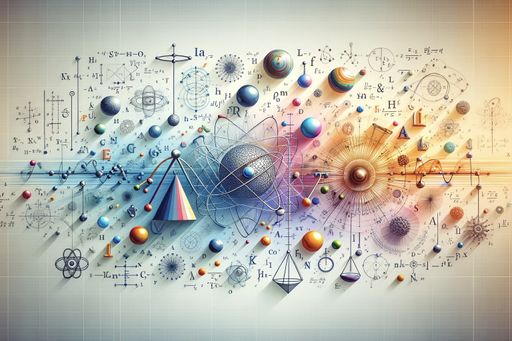Lost in Space: Is a Giant Void Driving the Universe Apart?
A new theory challenges the standard cosmological model, suggesting that a giant void could explain conflicting expansion rate measurements and potentially require a revision of Einstein's gravitational theory.

The Hubble Tension and the Standard Model
The rate at which the universe is expanding has long been a mystery in cosmology. Scientists use the standard model of cosmology, known as Lambda-cold dark matter (ΛCDM), to predict this expansion rate. The model is based on observations of the cosmic microwave background (CMB), which is the light left over from the Big Bang.
According to the standard model, galaxies move away from each other as the universe expands. Hubble's constant, which governs the relationship between a galaxy's speed and distance, is about 43 miles per second per Megaparsec. However, recent measurements have shown that the expansion rate is 10% larger when measured using nearby galaxies and supernovas, causing what scientists call the 'Hubble tension.' This discrepancy challenges the accuracy of the standard model.
The Giant Void Theory
A new theory proposes that the Hubble tension could be explained by a giant void in space. This void, which has below-average density, could account for the disagreement between local measurements and predictions based on the standard model.
In this theory, matter flows out of the void due to the gravitational pull of denser regions. The outflows distort local measurements and inflate the expansion rate. The void would need to be about a billion light years in radius and have a density approximately 20% below the average for the universe as a whole.
While this theory challenges the standard model, it aligns with observations that suggest the presence of a local void. The cosmic microwave background indicates a uniform distribution of matter, but counting the number of galaxies in different regions indicates the existence of a void.
Testing the Theory and Possible Implications
To explore the giant void theory, researchers used an alternative theory called Modified Newtonian Dynamics (MOND), which explains anomalies in the rotation speeds of galaxies without the need for dark matter. The researchers found that their model, based on MOND, matches observations of the bulk flow of galaxies in a billion-light-year radius.
These findings challenge popular alternative explanations for the Hubble tension. Precise measurements and adjustments to the expansion history of the universe have been suggested, but they face significant issues. The presence of a deep and extended local void and the observed fast bulk flows provide strong evidence that structure grows faster than expected in the standard model.
If the giant void theory holds true, it would require a modification of Einstein's theory of gravity, General Relativity, on larger scales. This would be a significant development in our understanding of the universe and could lead to a revision of our current theories.



